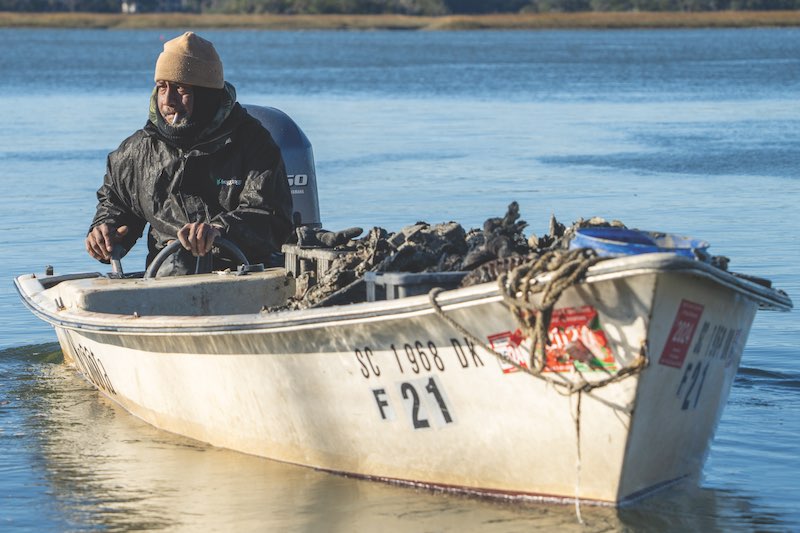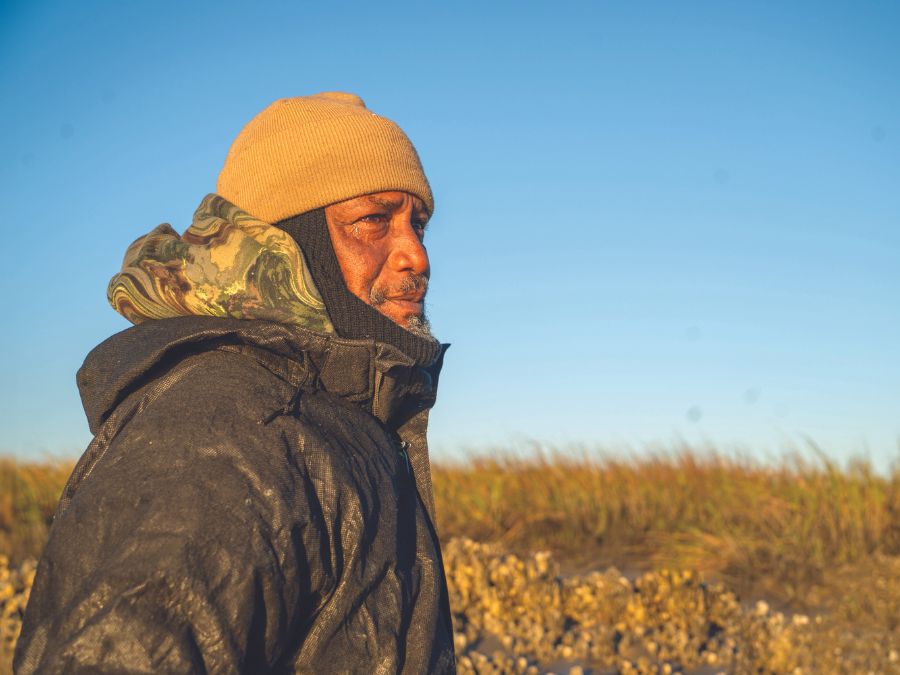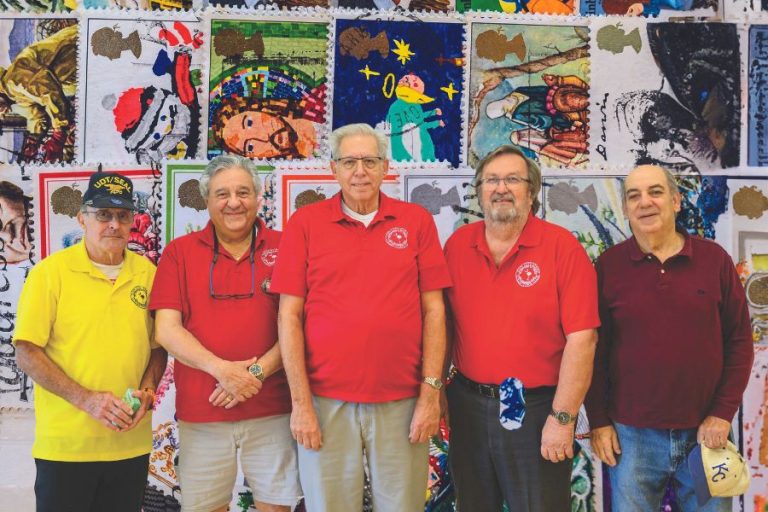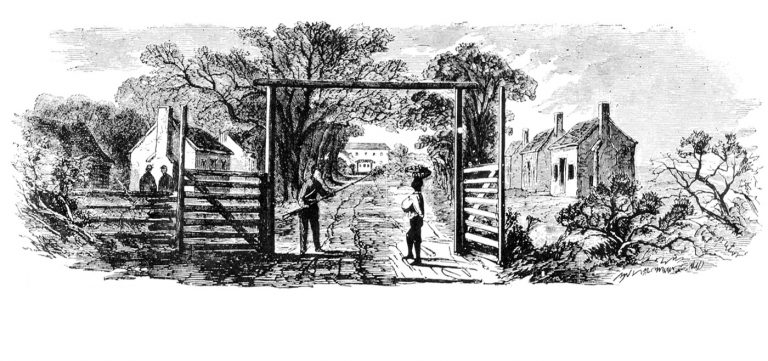The Oysterman: Lifetime local, Johnnie Jenkins
A morning harvest with lifetime local, Johnnie Jenkins.
Story + Photos by Anneliza “Pippi” Itkor
The waters of the May River are just beginning to glow with the first fingers of the sunrise. Light may be warming the landscape, but the temperature is a bitter 37 degrees as Lil’ Scoota grinds up onto the oyster beach lying in the shadow of Daddy’s Girls, the shrimp trawler docked below the Bluffton Oyster Company. Johnnie Jenkins unfolds his tall, lanky self from the stern of the tiny skiff, steps ashore and gets ready to head out for the daily oyster harvest.
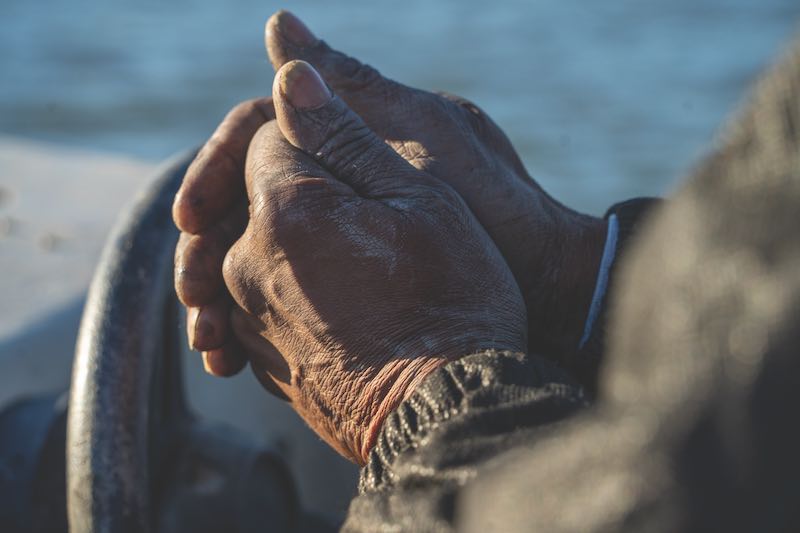
Jenkins, 61, has been at home on the salt marsh since he was 9 years old. His grandfather schooled him in crabbing, fishing, shrimping and oyster harvesting, sharing techniques and wisdom that had been passed down in their family for decades. Now the sixth generation of Gullah, Johnnie knows these tidal waters and their rich resources inside and out.
As he heads out into the cold, golden morning, Johnnie has a specific destination in mind. The oysterman is looking to gather larger oysters because, as he says, “Today I am picking for the ladies.” There are two ways an oysterman converts a harvest into income. Johnnie can either collect oysters that will go into bushel bags and get paid by the bag, or he can pick oysters that will be taken into the shucking house at Bluffton Oyster Company. Here the women crack open the shells at an impressive speed and dump the slippery nuggets of deliciousness into quart containers. Both Johnnie and the shuckers are paid by the gallon, with a gallon holding upwards of 320 oysters. Of course, the larger the oyster, the faster those quart containers fill, so as the boat reaches the desired bed, the request to “bring us some big ones, Johnnie!” spurs him on.
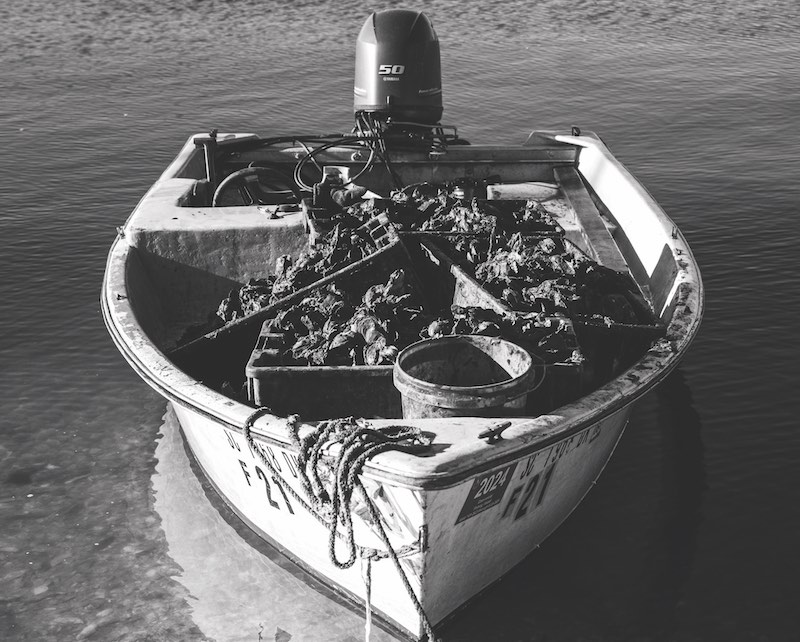
Bluffton Oyster Company harvests its haul from 300 acres of rakes on and around the May River. On a bed between Bull and Savage islands, with his cousin fishing oysters just a couple of creeks over, Johnnie grabs the first tub and gets to work. Taking advantage of the rising tide, he begins at the base of the oyster reef and starts hand-picking clusters, quickly filling the first bin and moving on to the second. “You learn to respect and work with the tides very quickly in this job,” Johnnie says, as he pauses to warm his icy hands. They have gone numb with cold inside the thick rubber gloves that protect him from the oysters’ razor-sharp edges.
“I was 24 when I first started with Larry (Toomer), and I stayed out too long because I wanted to have a big haul. I got stranded after dark, and Larry had to come out and find me and rescue me. It was freezing, and I was lucky it turned out OK. You only make that kind of mistake once.”
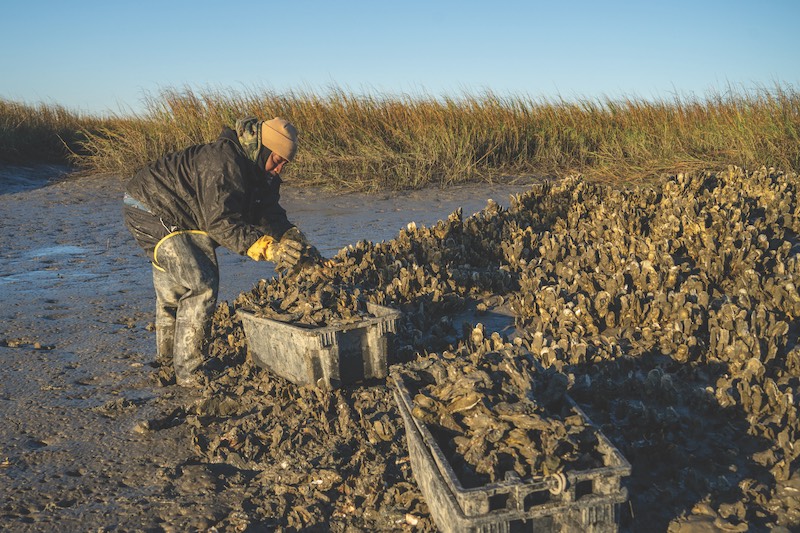
The first few bins, now brimming with oysters, weigh over 70 pounds each. Johnnie muscles them into the bow of the skiff, takes a few puffs off the Maverick dangling from his lip and then tows the boat to a fresh reef. As he continues to pluck oysters from the mud, he carefully breaks off smaller or empty shells so they can lie fallow in the mud. “I am careful to leave what’s of no use to me there in the beds. Leaving the shells helps other oysters grow better so I can come back to this spot later and know that I will still find good oysters.”
With the small craft now weighed down with over 400 pounds of oysters, it is a slow trip back. The wind has picked up, and while Jenkins expertly maneuvers the now choppy water, spray washes over him, making for an even chillier ride. As the other harvesters arrive back at the Oyster Company, the remaining work is more of a team effort. Boats are pulled out of the water and backed around to the rear of the building. Bins are offloaded, oysters dumped and rinsed and then either bagged or dragged into the shucking room. No one leaves until all the work is done. Larry Toomer is there to check on the day’s yield, and the air is full of convivial chatter and good-natured ribbing.
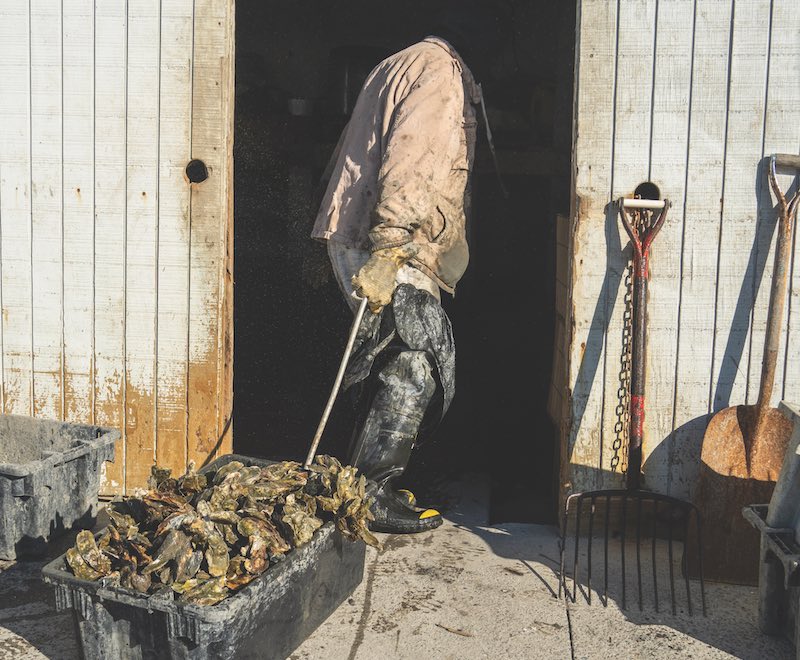
When Johnnie finally heads for his truck, it’s nearly 11:30 a.m. There is a lot of day left. “My grandfather and grandmother taught me to be a jack of all trades. When I am done here, there are any number of jobs I can go do. I’ll be as busy as I want to be until I call it a day.” As for his career as an oysterman? “I figure I’ll go for about 10 more years. Then I might be ready to slow down. I have a nice piece of land here in Bluffton. Might sell half and then retire. I’m not 100 percent sure I’ll stay here in the Lowcountry. I have family in a lot of other places. But it’s hard to imagine being anywhere else but here.” Spoken like a true oysterman.
